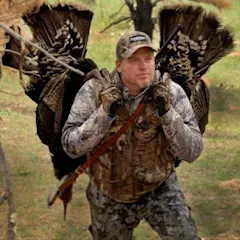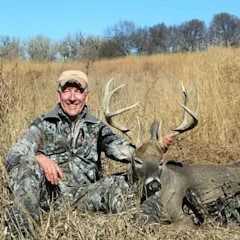I love early season deer hunting. The weather is nice. You don’t have to wake up at the crack of dawn, as early season hunting is mostly an afternoon affair. And there’s a easy-going, low-pressure vibe to the first few weeks because you’ve got the whole fall in front of you, with plenty of time to fill your freezer.
But, if I’m honest, the biggest reason I love early season deer hunting is because there is absolutely no better time to tag a mature buck that you’ve identified and located. (Well, that and fact that my three biggest bucks ever have come during the early archery hunt.) Sure, you’ll see more deer during November’s rut, but if you know where a particular buck hangs out, the early season can’t be beat. Not only is your buck reasonably predictable, but he’s also sticking to a fairly small core area, and human hunters have been off his radar for months. Here are 10 early season deer hunting tips for putting him on the wall.
1. Make a Mock Scrape to Lure Early Season Deer
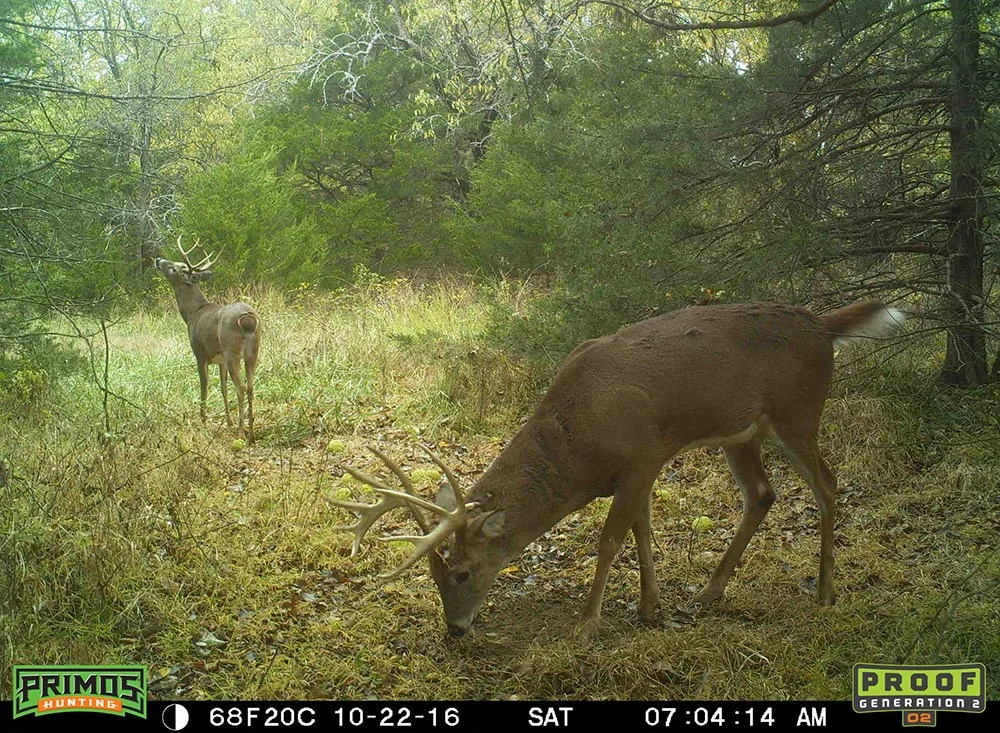
If you still think scrapes are only a rut thing, you need to change your way of thinking. Whitetails use scrapes year-round, and things really ramp up after bucks shed velvet. Make mock scrapes now, both for your camera setups and to sweeten the deal near your best stand sites. Killer tip: Hang a 10-inch chunk of hemp or nylon rope from the licking branch, dip the frayed end in scent, and watch your mock scrape go from ho-hum to on fire in a few days.
2. Watch The Weather for Early Season Deer
You know that weather and temperature can dictate deer movement, but this is especially true for early season deer hunting. Whitetails are losing the coat that kept them comfy at 90 degrees, and swapping it for one that will help them survive sub-zero temperatures. So when temps feel summery, bucks lie on their bellies until the thermometer swings the other way. Watch the forecast, and when the mercury is going to drop, get out there. This especially true when the late-summer feeding patterns of September turn into the so-called October lull, and deer become less visible to hunters. You know what makes them more visible? A nice cool day with maybe some misty rain. The woods are never deader than on unseasonably warm early-October days, but that can turn around quick with a cold front. So make sure you’re out there.
3. Get In The Field And Glass for Big Early Season Bucks
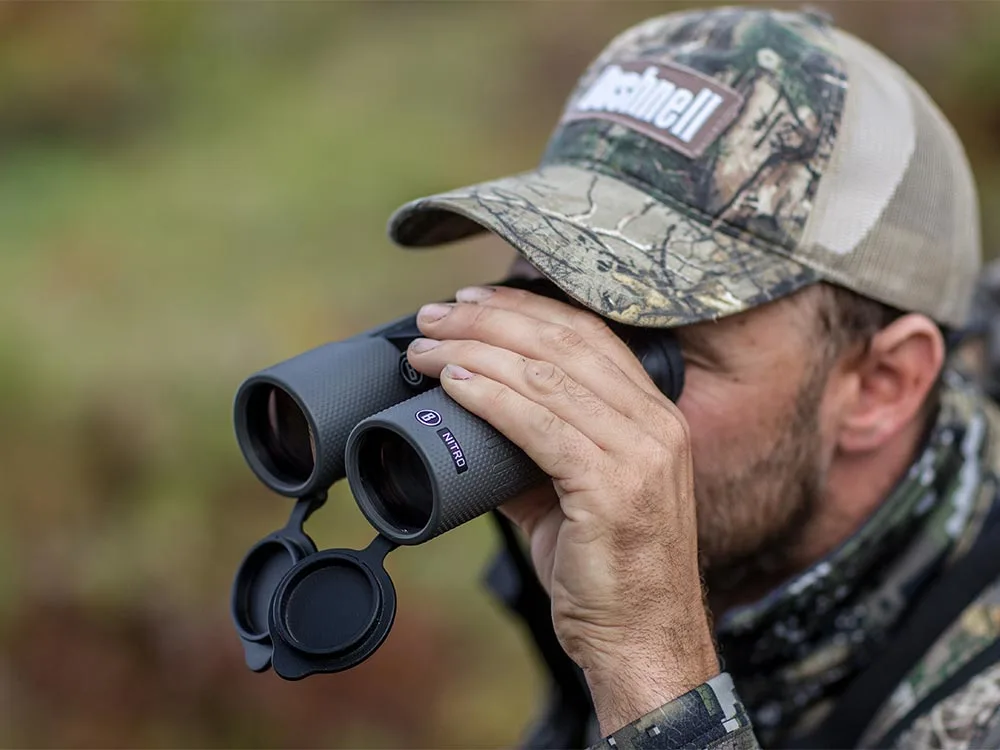
There’s always a little shakeup in buck location right now. Bachelor groups break up, food sources shift, and core areas are re-adjusted. Cameras can catch some of the movements bucks make in response, but for real-time updates, nothing beats pressing your face to a spotting scope or binocular. Get out there and glass the edges of major food sources (alfalfa and soybeans in farm country, clearcuts in the big woods) the last hour or two of the day to get the most recent intel on a dandy. And if you spot a shooter, make a move on him quickly before his pattern changes again.
Related: Best Binoculars of 2024
4. Scout For Early Season Deer During the Acorn Drop
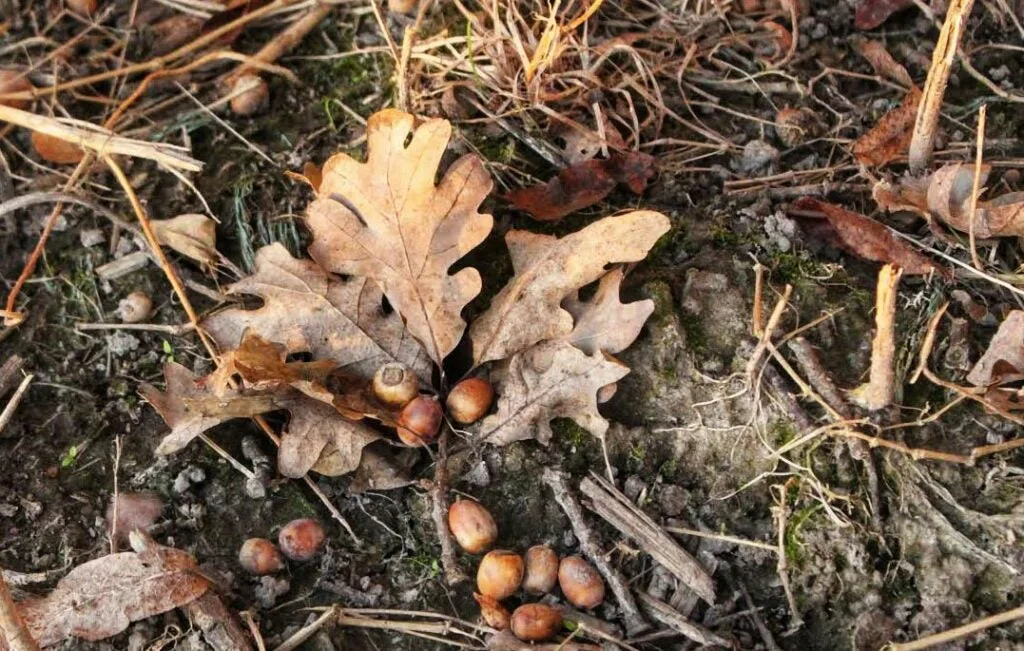
We tend to get a little obsessed with our food plots because, after all, we planted them. But while deer appreciate our efforts, they’re not married to rye, wheat, or brassicas—especially when mast crops start falling. The early season is prime time for the white-oak acorn drop, as well as for soft-mast treats like persimmons and apples. In some areas, red oak acorns with start falling heavily in September, too, so don’t forget those. In any case, the key is to lace up your boots, and (while avoiding known bedding areas) go find what deer are eating in the woods.
5. Keep Your Deer Stand Mobile And Set Up On Fresh Sign
With the deer herd in constant flux now, having a mobile and flexible hunting strategy is key. Ladder stands and box blinds may be the ticket if you’re sitting over a funnel during the rut or on a food plot in the late season, but the only way to key in on the food source of the moment is to have a mobile setup handy. Sure, you might have some permanent of semi-permanent stands in some perennial early-season hotspots, but it’s crucial to also have a climbing stand or a lightweight hang-on with sticks that allows you to quickly set up on the hottest sign or sightings.
Related: Best Climbing Tree Stands of 2024
6. Small Rubs Can Lead to Big Early Season Deer—Don’t Ignore Them
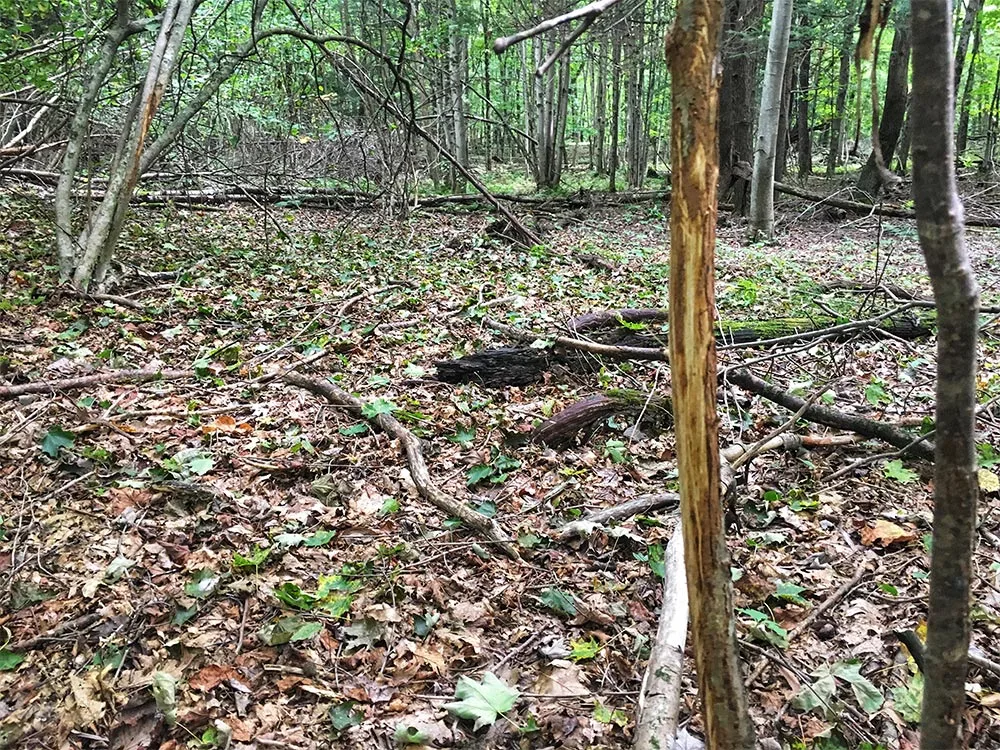
Forget the shredded telephone poles of late October. (Well OK, if you find one go ahead and get excited.) But what you are much more likely to find during early season deer hunting are rubs that look like they were made by Rudolph, not Godzilla. In the early season, even the slimmest shredding is likely the work of a dandy buck. Look for saplings and brush—usually near the hottest food sources—with freshly shaved bark. If you find that, you’re staring at a potential big-buck ambush site.
7. Hunt for Early Season Deer Near Water Sources
Water is such a powerful attractant in the warm weather of the early season that you could almost plan your hunts around H2O alone. If I’m hunting a new area this time of year, I’ll often simply find the water, speed-scout for the best sign, and sit right there. The ideal water setup, though, is a creek, natural pond, or push-up pond that’s close to both security cover and food. Which is why I go to the trouble of installing small ponds in this placing on most of the farm I hunt. On warm early-season days, deer will grab a drink before heading out to feed. It’s a slam-dunk setup that will draw bucks now and well into the rut.
8. Don’t Forget About Green Food Sources
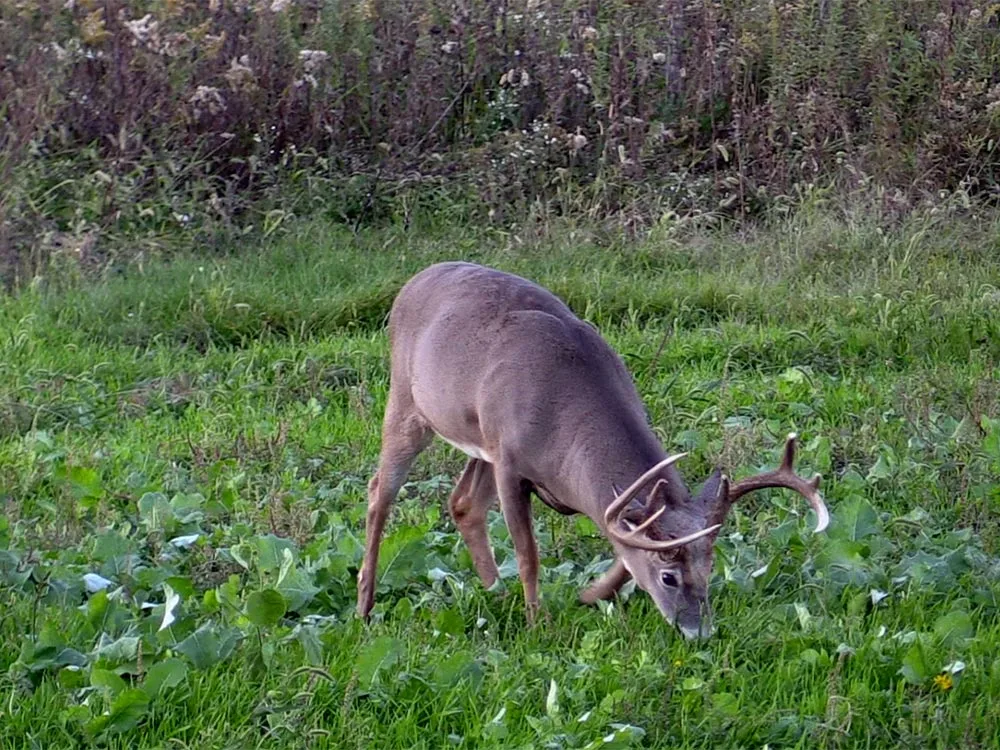
Yes, when acorns, especially white oak acorns, drop in the early season, every deer in the forest is on them. But deer eat like your kids do, gorging on one thing until they’re sick of it and then turning to something else. And when deer want a break from acorns, what they turn to is usually green. Think about it: Every food source in the whitetail world is drying down, and deer have the rest of winter to gnaw on twigs, so they go for the succulent stuff while they can, including still-green bean plants, alfalfa, wheat, rye, clover, peas, and brassicas. Even if there’s a good acorn crop, count on deer to chaw on nuts for a week, then turn their attention back to greens.
9. Hunt The Morning to Roost a Monster Buck
Most early-season hunters limit their hunts to the evening feeding pattern, but that doesn’t mean you shouldn’t get outdoors in the morning. Dawn is prime time for spotting a monster that’s slipping off a field on his way back to bed. Because early-season deer tend to bed very close to their favorite grub, there’s a great chance he’ll enter the field from the same spot in the evening. As in turkey hunting, roosted ain’t roasted, but it makes your odds of tagging the buck on your evening sit go way up.
10. Rattle In An Early Season Deer
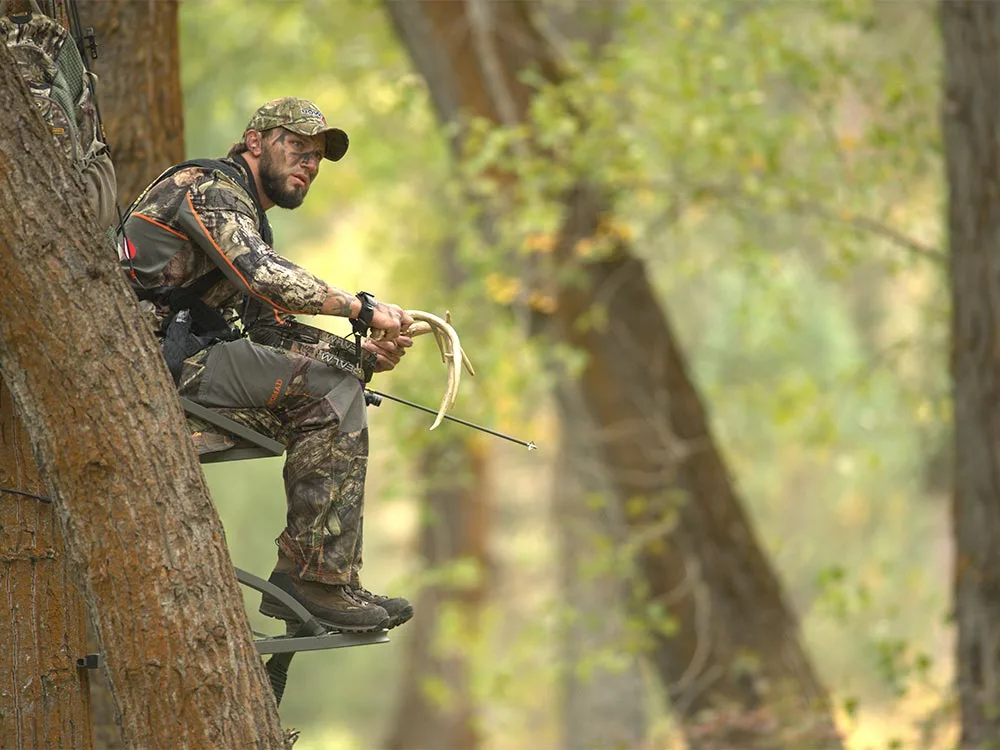
Rattling horns are not just for the rut. The weeks after velvet shed feature lots of sparring and some surprisingly intense tussles as bucks re-negotiate the pecking order that was established in early summer, when antlers were soft. Don’t make the same loud ruckus you would in November, but know that some judicious tickling and light cracking can pull a curious buck into bow range now.
8 Bonus Tips for Early Season Deer Hunting
1. Bring Your Deer Calls
As is the case with rattling antlers, too many hunter stow all their calls until at least the end of October. But deer are vocal all year-round, and a contact grunt and bleat can be just the thing in the early season to steer a buck into shooting range. And don’t forget the snort-wheeze. Most hunters think this call is used only by rut-crazed bucks itching for a fight. But it’s more than just that. I have used it many times to call in early-season bucks when nothing else works. It’s a great last-resort call to have in your bag of tricks.
2. Hang Two Stands for Target Bucks

When you’ve got a good early-season buck coming into an ag field or food plot day after day before daylight, it’s temping to hang a stand right where he enters. The problem is that this time of year, bucks tend to bed tight to the food, which means you might bump him just getting in. The solution is to hang two stands, one more-aggressively located close to the entry point and a second more-conservative stand a safe distance away with a reliable wind. Start in the conservative stand, and make some mock scrapes nearby or call to lure your buck once he’s in the field. You could even bust out a subdominant buck decoy to pull him over. If none of that works, however, you can go for broke by waiting for perfect conditions and slipping into the more aggressive stand. You might want to stay standing up with your bow in your hand at this spot though.
3. Hunt Field-Edge Oaks
Early-season hunters often ask themselves, Should I hunt the field edge or go in the woods and hunt the oaks? But keep in mind that you don’t always have to choose. Field-edge oaks become early-season magnets the minute they start raining acorns down into the alfalfa or clover or soybeans that bucks are already coming to. Because they get more sunlight, oak trees that lean over ag fields or food plots often produce bumper crops and drop early. When they do, deer may shift their pattern slightly and enter the field under the best trees or they’ll enter in their usual places and trot right over the hottest oaks. Either way, as long as you keep an eye on which field-edge oaks are dropping acorns and when, it’s a killer opportunity for you.
4. Key in on Apples
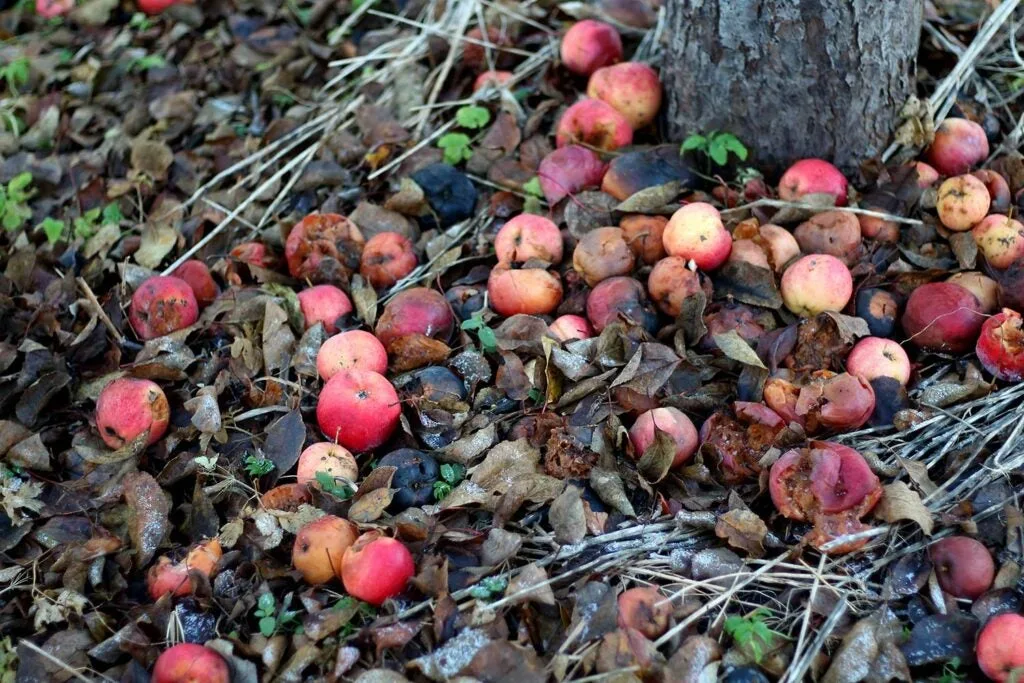
Hunters and managers focus heavily on nutrition when they plant food plots for deer. But here’s the thing; whitetails are kinda like kids when it comes to eating, and they love stuff that simply tastes good. Nothing fits the tasty bill quite like apples, which are coming into season as the bow season opens. If you’ve got apples on your property, now is the time to scout them for fruit on the ground and fresh feeding sign. Oh, and don’t be surprised if you find scrapes under apple trees, as the lowest branches are typically the perfect height for the overhanging branch that’s present on all the best scrapes.
5. Don’t Forget Staging Areas
The same bucks that bombed happily into farm fields and food plots well before dusk all summer are suddenly hitting those same food sources at the last ticks of daylight. Rather than wait right on the food and pray your buck will show up in legal shooting hours, set up on a staging area; a spot just off the food source where a buck (and often his buddies) linger before committing to feeding in the opening. To find a staging area, simply follow entry trails from the food back into the timber. Within 75-100 yards–and usually much closer–you should run into some thicker cover, marked with the season’s first rubs and scrapes. Set a stand here, wait for the right wind, your odds of encountering your buck with plenty of shooting light left are excellent.
6. Deploy a Deer Decoy for Early Season Deer

Most deer hunters who use decoys only deploy them during the rut, when bucks are acting randy and might be tempted to challenge a rival or chase down a doe. But bucks are attracted to other deer throughout the year and especially during the early season. With velvet shed complete and young bucks dispersing to new territories, mature bucks can be eager to check out potential opponents or even just a buck they don’t recognize. Set a deke in an open area (field or food plot) to give a buck time to see and study it and when you’ve caught his attention lure him in with a grunt or snort-wheeze.
Related: Best Deer Decoys
7. Scout for Other Soft Mast
Apples are the most common and widespread examples of the soft mast that deer love, but they’re certainly not the only ones. If you hunt in the central states or deer South you’re probably familiar with persimmons, and paw-paws are a favorite whitetail snack in other regions. Other soft mast species to investigate are pears, blackberries and raspberries, sumac, dewberries and wild plums. The attraction window for most of these species is limited to early fall, so scout until you find active feeding sign, then set up and plan to hunt immediately, as the clock is ticking!
8. Go to the Ground
One of the coolest appeals of hunting in early fall is that trees are still leafed out, and bushes and shrubs and other vegetation are still in full bloom. All this growth translates into excellent cover if you want to build a natural blind near a food source. This is especially exciting when you consider that many early season food sources are not within bow range of a great stand tree, so hunting from the ground is not only the only choice, but a better one. When making a natural blind, use existing cover– a blowdown, patch of tall grass or weeds, standing corn–as a silhouette-breaking backdrop. Then add just enough additional cover to let you draw a bow undetected. And don’t forget to wear a face mask; while I rarely wear one in a tree stand, I always slip on a face covering (or slap on some camo paint) when I’m on the ground, as nothing catches a deer’s attention like the human face.


